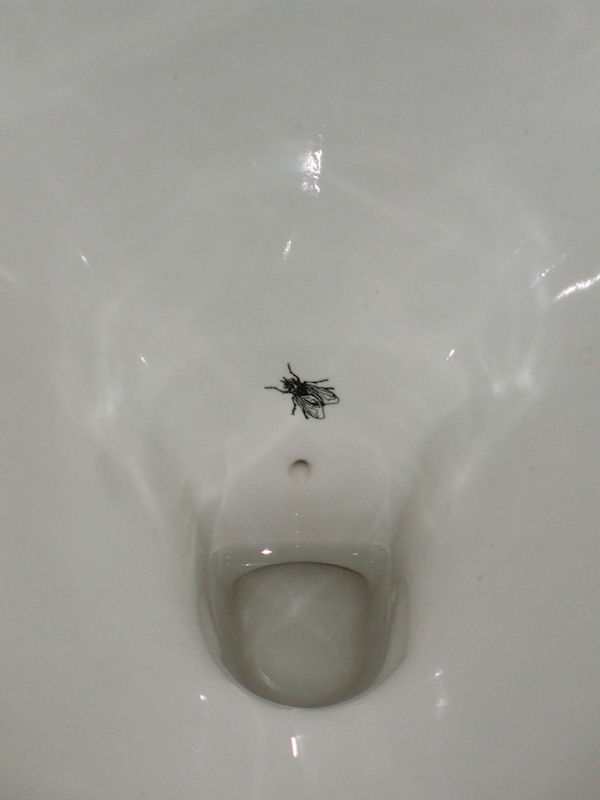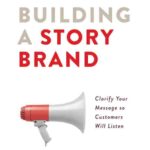Have you ever walked into a hotel room, flicked on the lights and television, dropped off your bags, and then walked out to grab dinner, leaving everything on? If so, you’re not alone. In your own home, you’d probably shut things off—electricity costs money. But in a hotel? There’s no economic incentive. No consequence. No guilt.
Hotels know this. That’s why some leave polite cards on nightstands or bathroom counters asking you to “help save the planet” by turning off the lights or reusing your towels. It sounds good in theory. But in practice, most of us ignore these environmental reminders—especially when they require us to do something inconvenient.
But what if you could get near-100% compliance with zero extra effort from the guest?
Enter choice architecture—a simple yet powerful way to design behavior by reshaping the environment in which decisions are made.
A Better Way: The Room Key Hack
Imagine this: You walk into your hotel room and slide your key card into a slot next to the door. Immediately, the lights, outlets, and TV turn on. When you leave the room and take your key with you, everything except the essentials—like the clock or HVAC—turns off. Automatically.
No reminders. No guilt trips. No reliance on your memory.
It’s elegant, effective, and scalable. And it’s a brilliant example of choice architecture at work.
What Is Choice Architecture?
Coined by Richard Thaler and Cass Sunstein in their book Nudge, choice architecture refers to the way in which decisions are influenced by how choices are presented. It’s not about limiting options—it’s about guiding behavior subtly and effectively.
Related Post: How Good Design Creates a Great Customer Experience (CX)
People often want to do the right thing, but need a little push. With good choice architecture, you don’t need to coerce, command, or convince. You just make the desired behavior the easiest path.
The Fly in the Urinal
Need another example? A small restaurant was facing a very human issue in their men’s bathroom: patrons were frequently missing the urinal. Rather than posting signs or asking for better aim, they embedded a tiny ceramic fly in the bowl. Suddenly, male customers had a “target.” Problem solved—neatly and without confrontation.
It’s funny, but incredibly effective. People didn’t change because they were told to. They changed because the environment nudged them into it.
Applying Choice Architecture to Business
You don’t need to run a hotel or a bathroom to use this technique in your business. Here are a few practical ways to apply it:
- Product Placement: Supermarkets put milk in the back to make customers walk through aisles and see more products. What do your customers see first when they walk into your store or land on your homepage?
- Defaults: Most people don’t change default settings. That’s why 401(k) auto-enrollment dramatically increases savings rates. Can you set up helpful defaults in your product or service that encourage better behavior?
- Bundling Choices: A restaurant that includes a salad with every entrée might get more people to eat vegetables without ever saying “eat healthy.” What can you bundle that encourages a better outcome?
- Framing Options: Offering a “starter,” “popular,” and “premium” pricing tier often nudges people toward the middle. This framing creates context for value—even when the underlying service doesn’t change.
- Making Good Behavior Effortless: Like the hotel key example, can you make the right choice automatic? Maybe you pre-schedule follow-ups, automate renewals, or send shipping updates by default.
When It’s Invisible, It Works Best
The best part about great choice architecture is that it often goes unnoticed. Customers feel empowered, not manipulated. You’re not removing choices—you’re simply guiding better ones.
In fact, when designed well, choice architecture enhances satisfaction. Guests love the convenience of never forgetting their hotel key (since it’s in the power slot). Diners aim better without even realizing they’ve been nudged. Your customers, too, will appreciate seamless, friction-free experiences—even if they don’t know how you did it.
Humans are creatures of habit, often defaulting to the path of least resistance. As a business owner, leader, or entrepreneur, you can either fight human nature—or design for it.
How can you redesign your customer experience so that the best decision becomes the easiest one?












